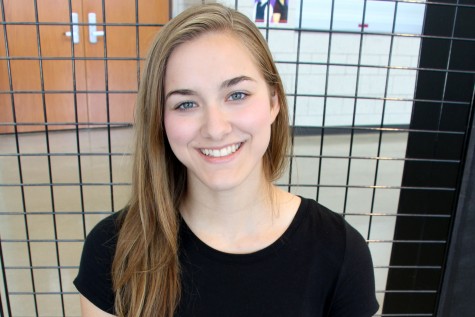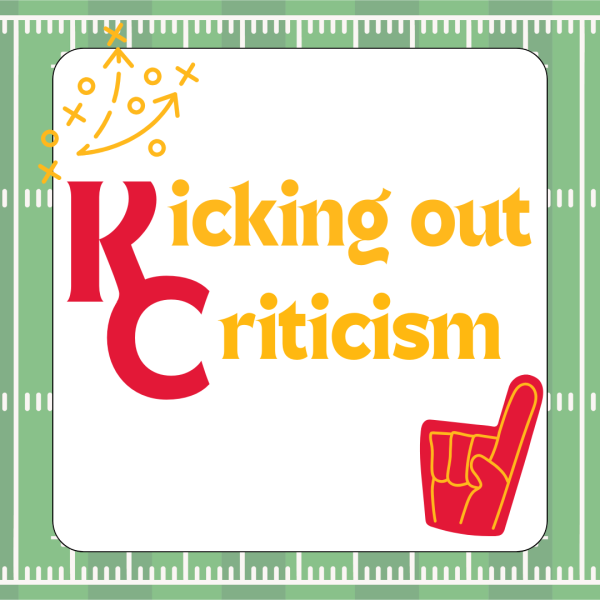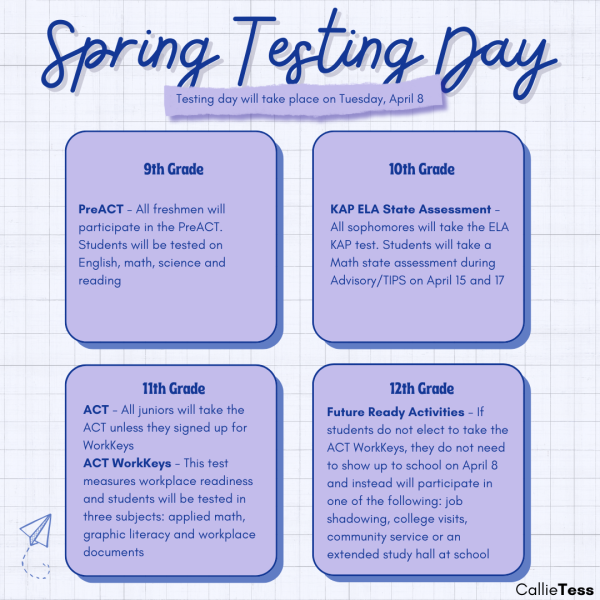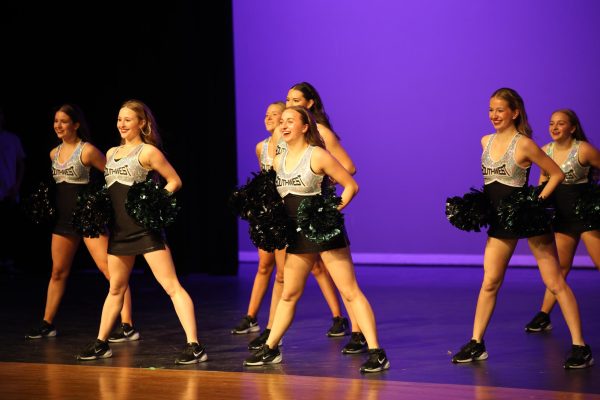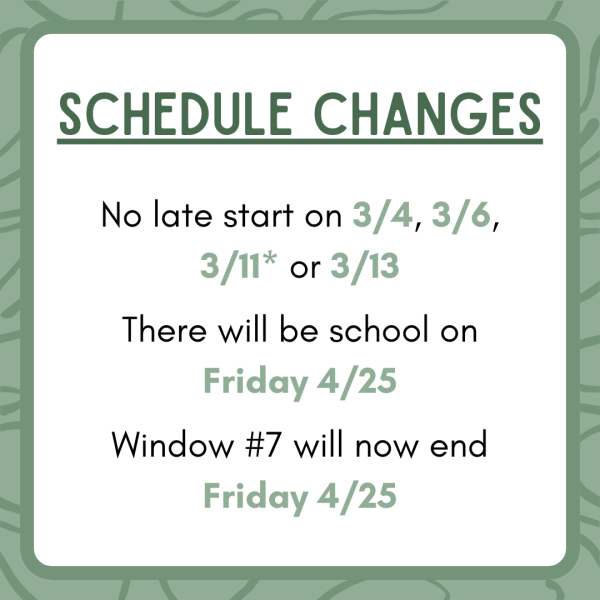Students would benefit from a greater recognition of diversity
Senior Christina Cornell observes a family with an adopted child from afar and cannot help but smile. Cornell is an adopted child herself, and seeing other families with the same experience is something she can relate to. Cornell is also Chinese-American, and loves that it makes up a part of who she is. Those two qualities attribute to her uniqueness; similarly, the students at Southwest all have qualities that contribute to the diversity of the community.
“Most people don’t know I’m adopted until I tell them or it somehow comes in conversation or they see my parents, but a lot of the times people just think it’s really cool,” Cornell said. “I haven’t ever really been asked too many serious questions about it, but when I see other people who are adopted, or parents in stores with their kids who are clearly adopted, it just makes me happy.”
Diversity is a hot-button topic in politics with primary elections just around the corner. The center for those discussions tends to focus on issues of race, such as racial relations and immigration laws. This is a reflection of how many Americans today view diversity — simply an issue of race.
“Diversity focuses on the different aspects of people, not just racially, but religiously and other sexualities and cultures,” diversity club president senior Alexus Jackson said. “Everyone is diverse in general. It’s not a specific ethnicity or race that you have to be to have diversity.”
Because of the lack of racial diversity at Southwest, students tend to believe that the Southwest community has a holistic absence of diversity. According to The Kansas Department of Education, during the 2013-2014 school year, the student population was 2.06 percent African-American, 3.18 percent Hispanic, 86.06 percent white and 8.7 percent other minority races. This means roughly nine in 10 students are white.
According to Independent School Diversity Network, diversity is comprised of much more than just race, gender and sexual orientation. Diversity includes mental and physical ability, socioeconomic class, beliefs, familial establishments, learning style and many other subgroups. Living in an environment that recognizes this wide range of diversity can be beneficial for the whole community.
“I think that everyone tends to group each other in this JoCo-bubble type of way, but actually there are a ton of differences inside the bubble,” Jackson said. “We’re not all the same person.”
According to the American Psychological Association, fear of identifying with a minority group because it may carry stereotypes is known as disidentification. Disidentification can become problematic for people belonging to minorities because it can lead them to believe that they have less of a chance of success.
“There’s so much more to diversity than just race and skin color,” counselor Kristi Dixon said. “We have a variety of abilities, we have a variety of talents, we have a variety of music interests, of languages. I mean, there’s so much cool stuff here, but kids tend to think that’s not diversity. That’s unfortunate because diversity is something to celebrate and embrace and acknowledge, and I don’t know that we give people a chance to tell their story.”
That’s not to imply that society’s view of diversity hasn’t changed. As a whole, the discussions surrounding diversity, and the laws that pertain to it have become more open-ended. For example, the Equal Employment Opportunity Commission (EEOC) is an established reform that prohibits discrimination in the workplace based off factors such as: age, gender, race, religion, etc. According to The Leadership Conference, the EEOC has been expanded since its creation to also prohibit discrimination based on disability or genetic information.
“When I was a high school student, diversity was predominantly thought of as race, and that’s been a challenge to get people to think beyond that, because that’s just one component of anybody’s story, ” Dixon said. “I think when we talk about diversity now, people are still stuck on race, but they are more willing to also include sexual orientation, and they are more willing to include religious diversity. But that still leaves out a whole lot of stuff. So [diversity] has become a more inclusive term, but just barely.”
Widening the door on diversity can also be beneficial for everyone. High school is meant to prepare students for the adult world — a world that is dominated by diversity. According to the Southern Poverty Law Center, diversity is key in education because it provides basic skills of cooperation and understanding of peers that are essential in the modern business world.
“High school provides us with the opportunity to just learn more about [different forms of diversity], and people don’t have to be comfortable with it but it’s a good thing to be exposed to,” Cornell said. “When you get to the real world, that’s what it is.”
After high school, colleges also focus on diversity because the goal of many public universities is to simulate the real world. Companies are also coming behind this effort by offering scholarships to minority students. For example, there are organizations, such as the ChairScholars Foundation, that provide scholarships for academically achieving students with physical disabilities.
“[Colleges] want to reflect the world at large, so there’s an effort to create a visibly diverse campus, as well as what’s underneath,” Dixon said. “I think campuses do a great job with that. Plus, you are legally an adult for most people when they get to campus. So, I think it’s easier to have these conversations that make people so uncomfortable.”
Besides preparing for the future, recognizing diversity allows for deeper connections with others as well as a more positive school environment. When all forms of diversity are seen and celebrated, new relationships can be formed with others by knowing more about that part of them.
“We find out what we have in common, and when you know what you have in common with somebody, it’s a lot more difficult to hate them,” Dixon said. “When someone looks at you and thinks that they know you, or that they understand you, that’s when sometimes those barriers come in. But when they get to know that there’s so much more to it than what you think what you’re seeing, that’s when we get stronger.”
As a school, students should strive to actively recognize and celebrate all forms of diversity. By making a conscious effort to learn about each other’s diversity, the student body would be able to create a more welcoming environment, as well as the opportunity to form bonds with one another on a deeper level.
“Once you realize that it’s present and that it’s actually there, I think it’s a really cool thing to see — to see how people are different and unique,” Cornell said.


